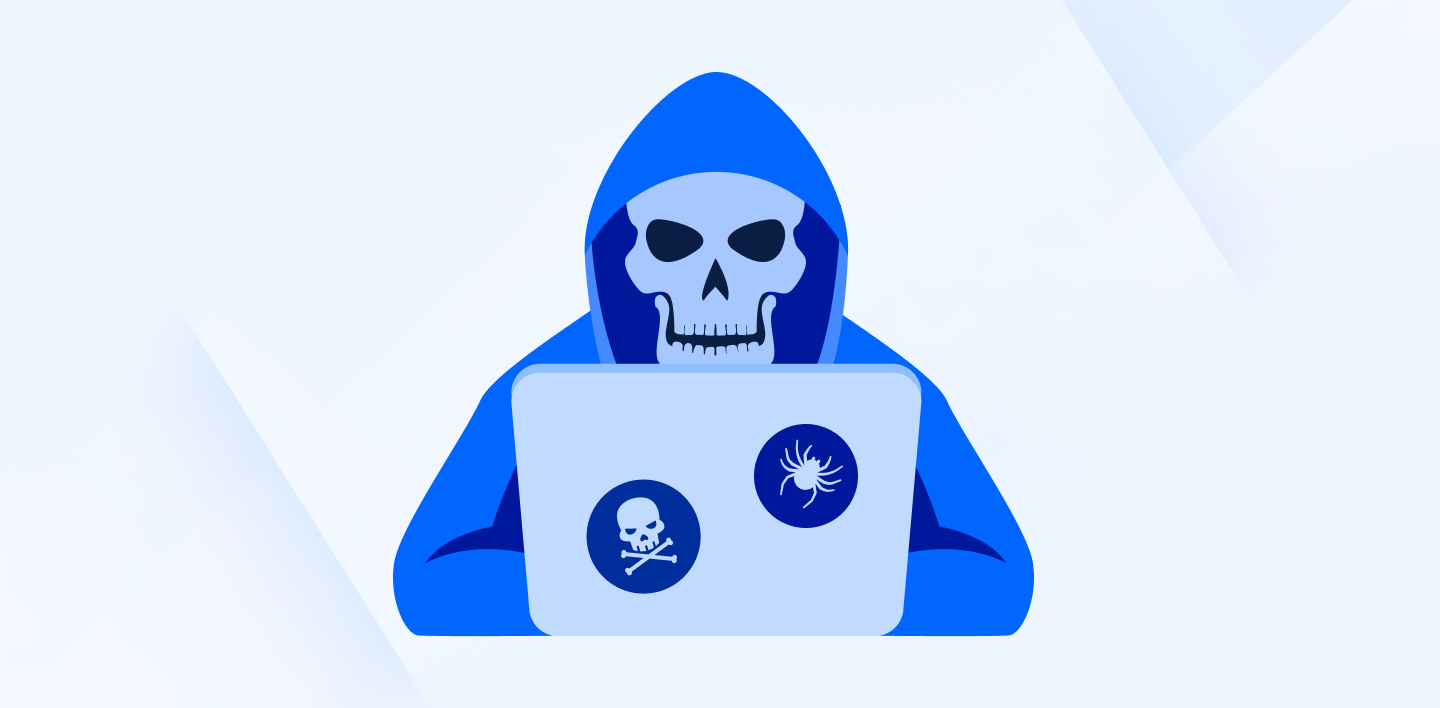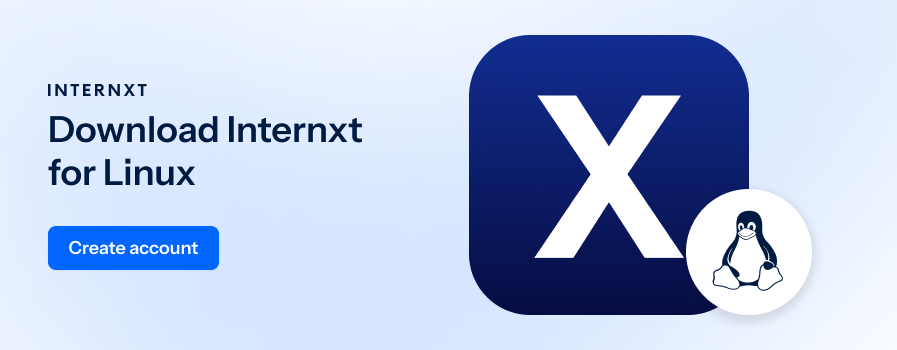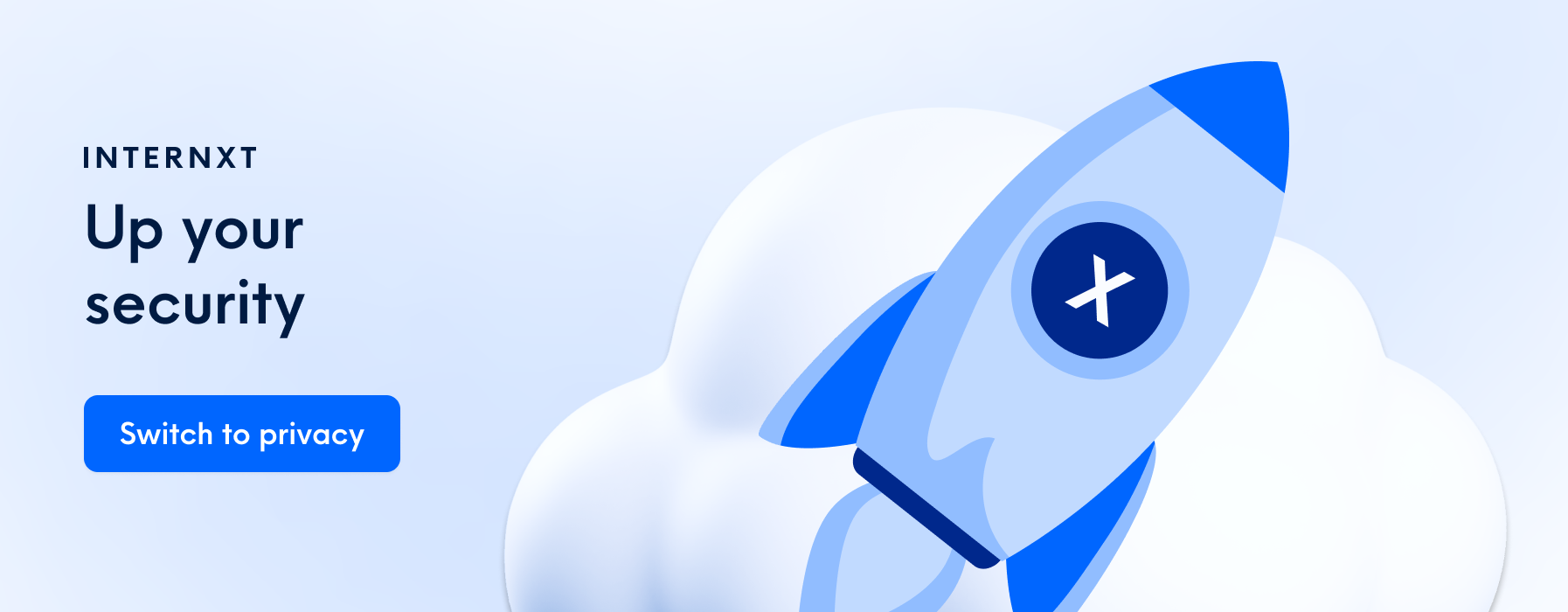Why the Rise of Digital Piracy Is More Popular Than Ever

There’s nothing like kicking back after a long day and catching up with your favorite TV shows. However, the days of password-sharing and ad-free content are long gone, and people are favoring a life of digital piracy over the rising costs of subscription platforms.
Want to listen to a new album? Sure, but it’s only available on Tidal. How about that TV show a colleague recommended? Of course! That will be one HBO subscription, please. Oh, and a special shoutout to Netflix for canceling the best TV shows after one season.
But seriously, due to the sheer number of streaming services needed to enjoy anything, it’s no wonder digital piracy is becoming more and more popular. But it wasn’t always the case.
Before 2021, companies like Netflix and Spotify helped to drastically decrease digital piracy with their reasonable prices and their vast catalog of music, TV shows, and films.
Nowadays, subscription-based companies are increasing prices, cracking down on shared accounts, and releasing poor content (yes, looking at you again, Netflix).
With these factors in mind, more people are choosing to sail the high seas and using torrents to get their content for free. So, throughout this article, we will look at why digital piracy is becoming more popular, the risks involved, and what you can do to help prevent digital pirates from compromising your online security.
What is Digital Piracy?
Dìgital piracy, sometimes called online piracy, is the illegal copying or distribution of copyrighted material without permission. The type of content that is shared illegally may vary, but it often includes:
- Movies, TV shows & music: includes the sharing or downloading of copyrighted material via torrents, streaming, or file-sharing sites
- Software: downloading, sharing, or using software apps without permission from the software developer
- Ebooks: Especially manga or comics, but can include other written content, such as scholarly articles or journals
- Video games: playing/sharing video games without the proper licensing or permission from the game’s developers
People were happy to pay for this content in previous years, so why the sudden change?
Why Is Digital Piracy Becoming Popular Again?
There are several reasons why people are either returning to pirating content or dropping their subscriptions, the most obvious being cost. So, let’s look at the big picture and explore other reasons digital piracy is increasing.
Price hikes and advertising
Streaming was supposed to solve the problem of digital piracy by making content accessible and cheaper than traditional cable TV. Once Netflix starting to grow, they even put companies out of business, (RIP Blockbuster), and began to release original content that gained over 250 million views, showing just how popular streaming has become.
This year, Netflix decided to raise their prices and introduce plans that included ads, taking a step backward from their initial unique selling point of cheap, ad-free TV shows and movies. Other companies followed suit to keep up with Netflix by raising their prices and introducing adverts into their payment plans.
Now, if you want access to the most popular EU streaming services without ads, you will have to pay:
Netflix: €12.99
Spotify: €10.99
HBO: €9.99
Amazon Prime: €4.99
Disney Plus: €10.99
Altogether, these plans come to the grand total of... €49.95 a month, or €599.40 a year. So, when given the choice of paying this or nothing, it's evident why people are moving back to pirating.
Password sharing restrictions
Now, I know what you’re thinking: you can reduce this cost significantly by sharing accounts with friends or family, meaning you’re only paying for one account and sharing other streaming platforms for free. Right?
Wrong.
In 2023, Netflix announced that password sharing is a thing of the past, and any accounts using a shared email will have to create their own account to “enjoy” Netflix. Despite the controversy, Netflix reported more subscribers due to the cheaper plan containing adverts, and companies like Disney introduced a similar model for their service.
For those who aren’t happy with adverts because companies can use ads to collect or sell data, some people decided to eliminate streaming completely and switch to less ethical ways to consume media.
Improved technology & accessibility
In the early 2000s, when piracy first came on the map, downloading a file from the internet was a huge risk as they were often a way of spreading a virus that damaged the computer’s hardware. Thanks to the advances in anti-virus technology, this is not as risky as before, so people are more likely to use torrents to download their files.
Another significant improvement is the power and speed of the internet. If you’re too young to remember dial-up or the early days of the internet before Wi-Fi, a film could take days or even weeks to download.
Now, the power of the modern internet means you can download entire albums, films, shows, or even books, even before Netflix or YouTube are finished playing their adverts.
Finally, another great tech innovation that helps with digital piracy is VPNs. In an attempt to crack down on piracy, the law will track a user’s location to take legal action against downloading content illegally.
Now, however, people can hide their IP addresses much more quickly and browse the internet anonymously making it easier, but not impossible, to download torrent files on a secure internet connection.
An overwhelming amount of content
Simply put, too much content is out there, and people are not willing to pay the price for something they aren’t going to use. It comes as no surprise people are favoring torrenting to get the content to view the one thing they want to see rather than paying for a library of content they don’t want.

What Are The Risks of Digital Piracy?
Let’s not forget that digital piracy is illegal, and if you’re caught, you can face huge fines or even jail time. Not to mention, downloading is stealing content from its creators, and if they’re not getting paid, it can have drastic knock-on effects on the economy.
Since more people are downloading content, digital video piracy costs the US economy between $29.2 and $71 billion each year, and 70,000 people lose their jobs yearly because of music piracy.
For you, there are several risks to your online privacy when downloading any files from the internet, even more so when you don’t know exactly where you are downloading the file from, so let’s look at the most common risks associated with pirated content.
Malware, viruses, and phishing
These are the main three cybersecurity threats we have all faced since the birth of the internet. Any files containing, or are said to contain, movies, music, or other forms of media, are at a higher risk of being infected with malware and increasing the risk of phishing and other social engineering scams.
These files are at greater risk of being infected because of the lack of security regulations for peer-to-peer networks allowing anyone to upload files containing viruses without detection.
Cybercriminals will also play on the psychology of people to lure them into trying to get something for nothing. By offering the most popular video games or software for free, cybercriminals can bait people into giving away their personal details and tricking people into believing they are getting expensive products for free.
Data theft
Threat actors or cybercriminals will intentionally set up websites riddled with spam, adverts, and pop-ups to steal your data. These fraudulent websites use psychological techniques by tempting users with what they want; all they have to do is enter their login details and financial information to access it.
What these websites actually accomplish is stealing your email, password, and financial details, which the hackers can now sell on the dark web, gain access to more of your accounts, or use your details to carry out financial scams.
Ransomware
Downloading a file from an unknown source is almost guaranteed to cause problems, and one of these problems you could encounter from digital piracy is ransomware.
For instance, many licensed software have attempted to reduce the impact of digital piracy on their products by protecting the software with a unique, one-use-only passcode.
Of course, if you purchased the product from the official store or website, you won’t have a problem, and this code will give you access to the product you paid for. Still, hackers will try to trick people by claiming the torrent has a file containing the crack code, but in reality, it's a file containing ransomware.
So now you have committed a crime by downloading copyrighted work and are locked out of your computer as extra punishment. So, you are left with two choices:
- Go to the police, but you will have to admit you downloaded content illegally or
- Pay the ransom to regain access to your computer... in that case, you probably should have just paid for the software... it would have been cheaper.
Jail time
Okay, maybe this technically doesn’t fall under cybersecurity, but still, the legal implications of digital piracy can:
- Give you a criminal record
- Up to five years of jail time
- Feels of up to $250,000
Don’t say we didn’t warn you.

How Creators Can Protect Their Work From Piracy
If you’re a content creator or creative individual, the fight against digital piracy can feel like an uphill battle due to loss of income and a lack of respect for the hard work and time it takes to create your content.
Fortunately, preventative methods are available to reduce digital piracy, protect your work, and prevent people from turning to pirating content and exposing themselves to harmful files. Although no method exists to prevent piracy completely, these common strategies can help deter it.
Use Digital Rights Management Software
Digital rights management (DRM) is a set of technologies and strategies designed to protect content from unauthorized access, distribution, and copying. DRM secures digital content, including books, music, videos, and sensitive data for businesses.
DRM has several methods to prevent unauthorized distribution of content, including:
- Encryption: Anyone who downloads the content illegally can not view its contents because they don’t have the decryption key.
- Rights Management: DRM defines the rights of who can access the content and sets limitations. For example, an author will only make the introduction of a book available for free.
- Access Control: Users will need some type of authentication, such as a passcode, device, or biometric authentication, to gain access.
- License Management: Users can purchase a license linked to their device to limit access.
DRM is a popular method for many companies to protect their content. For example, Apple will protect the content on its Books platform to ensure people can only read the books from iOS devices.
If you or your company have the means to protect your content using DRM, it is a valuable tool in the fight against digital piracy.
Watermark your content
For photographers especially, sharing your photos with others is an essential way to get business and get your brand out to the world.
At the same time, photographers should also be aware of people downloading their images without crediting the author. Granted, this can sometimes be an accident, or the user doesn’t know who to credit.
The solution for photographers, authors, or other parties is to watermark your content and only make it available once you receive payment. These watermarks can be visible or invisible and contain software that can extract details regarding the source of the unauthorized distribution.
Create secure servers and websites
Suppose you are hosting a website as a platform to distribute your content. In that case, you must have the necessary security measures to data loss and protect the content you are hosting on the website.
A secure website requires firewalls, encryption, and access controls to protect your content from being illegally accessed, downloaded, and shared by unauthorized users.
Having these security measures in place also provides you with valuable legal backup to combat digital piracy. If cybercriminals attempt to hack your website, your security systems will provide the necessary evidence to take legal action against unauthorized distribution.

Will Digital Pirates Win Against Streaming Platforms?
In the tech world, anything can happen, and digital piracy vs the streaming giants will be an ongoing battle. But let’s not forget torrenting files and downloading content is never the answer.
Support content creators as much as possible, and they work hard to give you content you enjoy, so let’s pay them for their efforts, or we’ll have another writer’s strike on our hands.
Or, maybe it’s time to go old school and return to DVDs and CDs? Ah, the good old days...

